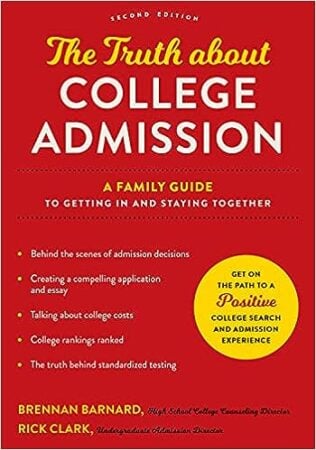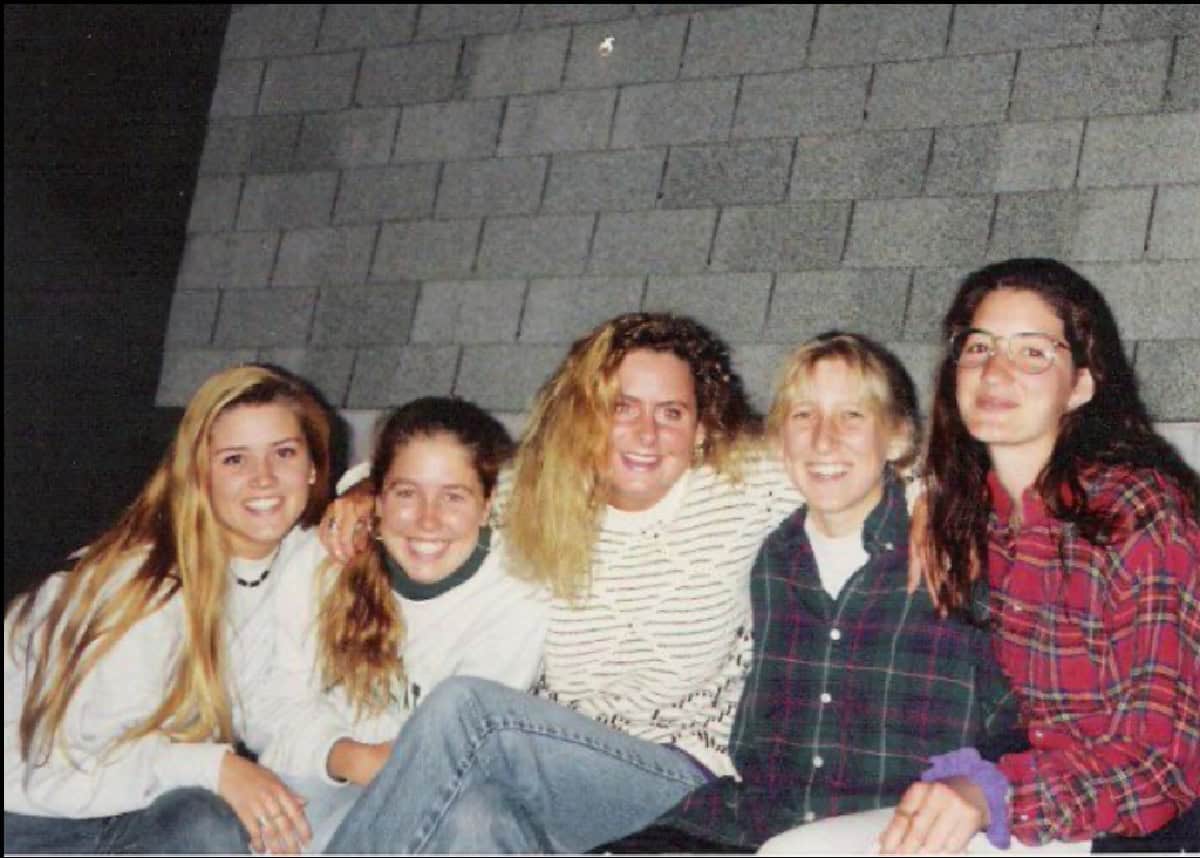Over the years, I have tried to illuminate what people often misunderstand in the college admission experience. This has ranged from explorations of waitlists to examinations of deadlines to explications of supply and demand and institutional missions. (I’m sure if I thought hard enough, I could come up with other verbs starting with ex and how admission issues are connected.)
Recently, I have also come to appreciate the massive disconnect between how students approach and complete the application and how it is actually read in admission offices. Students see the application as a form. And I get that because it starts the same way most forms begin- asking for biographic information like name, address, family details, date of birth, etc. It also looks a lot like other forms they have seen in high school — job or driver’s license applications, sports and club registrations, and so on.

Students see the application as a form
Report your test scores, tell us which high school you attend, etc. It’s definitely form-y. Even after the standard details, college applications include sections with lots of lines and boxes that ask you to provide details about what you have done outside the classroom. These are extremely prescriptive in their character counts and instructions. Form-ish, for sure. On the Common Application, which I’m guessing if you are a senior, you are using for at least a few of the schools you are considering, you need to quantify exactly how many hours a week and weeks per year that you have worked, played sports, volunteered, etc.
So, yea, when you log into an online platform and begin entering and saving information, this all seems like a standard and basic form. But the truth is that at schools using holistic review where essays and supplemental responses are required, once you hit submit, the person on the other side is not “reviewing” your form. They are reading YOUR STORY.
Think about it. Colleges post jobs for “application readers.” There are videos about reading season. And you’ll inevitably receive email bounce backs from schools in the winter that basically say, “Yeah. Not going to reply anytime soon — I’m READING.”
If you view the application as a story, it will change how you approach applying to college. And it will greatly reduce some of the stress you feel. Win-Win.
Telling a story is an opportunity. Completing a form is a task.
When you log in to your applications this fall, I’m hopeful you will think about conveying rather than completing. You are not “working” on your application, which is what most students say. Instead, you are simply telling your story.
Poll 100 people and ask them to list the Top 10 things they do for fun. “Complete forms”—not on the list. Telling, reading, and watching stories, however. Different…well…story. Similarly, when you finish, you are not “submitting.”
Forms get submitted. Sending in your story, on the other hand, is exciting. It is something you can and should take pride in. And if you will let it, it may even be the F word– FUN.
Stories are read. Forms are processed.
Holistic admission is human. People with their own kids, hopes, worries, DNA, Instagram, and food preferences read your application. If you think of your application as a story, it changes how you approach this. Think about it. Nobody buys and opens a book, hoping it sucks. Nobody pays $17 to go to a movie and another $24 for popcorn, candy, and a Coke in anticipation of a boring or lackluster experience.
Instead, as people, we always start with the desire to see something good. So that is your job on the application. That is your job with your story. Tell them what is interesting about you. Give them a full sense of your character- what interests you, what excites you, what do you hope for, and how have you arrived at this point. The same way authors and directors create compelling characters in their movies, novels, or video games.
Looking at your application this way will help you know where to start in your Activities section. It will help you determine what you WANT to write about in your essay. Not what you SHOULD or what they want to hear, but what you genuinely NEED them to know about you as a fully developed character, aka applicant.

Stories are fully reviewed before publishing
We just published a book on college admission, so I can tell you that typing the last word or page does not mean you are done. Instead, there are multiple phases of review. In the editing process, we had to review each chapter, each piece of data, and each table, figure, and image to confirm, check, and verify. We also had an outside editor read over the entire book to provide insight and feedback.
In my experience, students can have a parent, counselor, coach, teacher, or another trusted adult or friend read their essays and perhaps their supplemental responses. In other words, they ask for feedback on their written work. But most students do not have anyone read the way admission readers do — from beginning to end. So, before you hit enter and send up your prayers for stable technology and a kind soul on the other side of the interwebs, have at least one other human read your entire application from beginning to end.
Ask them to write down what they think you have left out. Have you undersold something you’ve been investing in at home, school, or in your community? Give them a chance to relay how your story reads and if there is any opportunity they see to provide more context, information, or insight into who you are, what you have accomplished, and how you would likely contribute and enhance a college campus.
Peace
One of the reasons students struggle to send in their applications ultimately is because they know that letting go means signing up for weeks or even months of uncertainty. I’ve been there, friends, so I get it. Not easy.
However, my hope is that changing your perspective from completing and submitting a form to sharing your story will help. Ultimately, when you are sitting in class or driving home from school wondering what is happening in some distant office or committee room, you will not dread the review of your form but instead be excited for someone to read your authentic and unique story. (Trust me — I try to think this way whenever I post one of these blogs.)
Ultimately, you can’t control if a school you apply to gets 4,000 more apps this year and their admit rate drops. You cannot control if a college decides that they are going to reduce the number of students they admit and enroll from your state or in your major this year. But you can control how you tell your story, think like an admission reader, review and seek feedback on your entire application, and choose peace and confidence.
TELL YOUR STORY. AND ENJOY DOING IT!
This article was originally published in the Georgia Tech admissions blog and is printed with their permission.
More Great Reading:
Moving from Parent to Partner In the College Admissions Experience

 PARENTING TIPS
PARENTING TIPS







 PREGNANCY
PREGNANCY








 BABY CARE
BABY CARE








 TODDLERS
TODDLERS








 TEENS
TEENS








 HEALTH CARE
HEALTH CARE






 ACTIVITIES & CRAFTS
ACTIVITIES & CRAFTS








 CONTACT
CONTACT ABOUT
ABOUT


